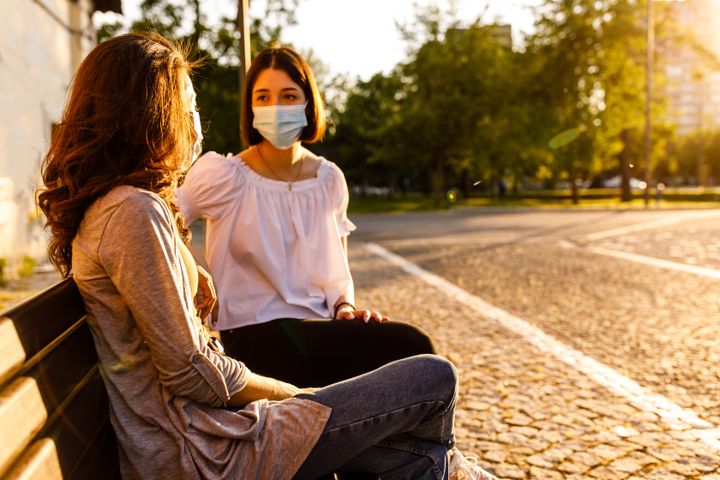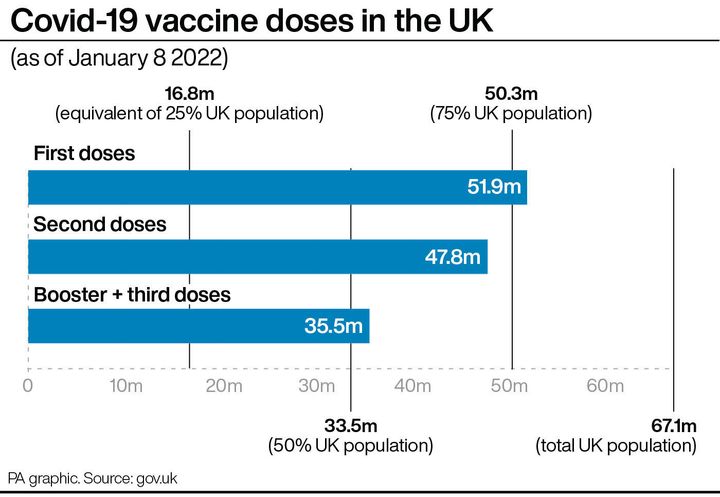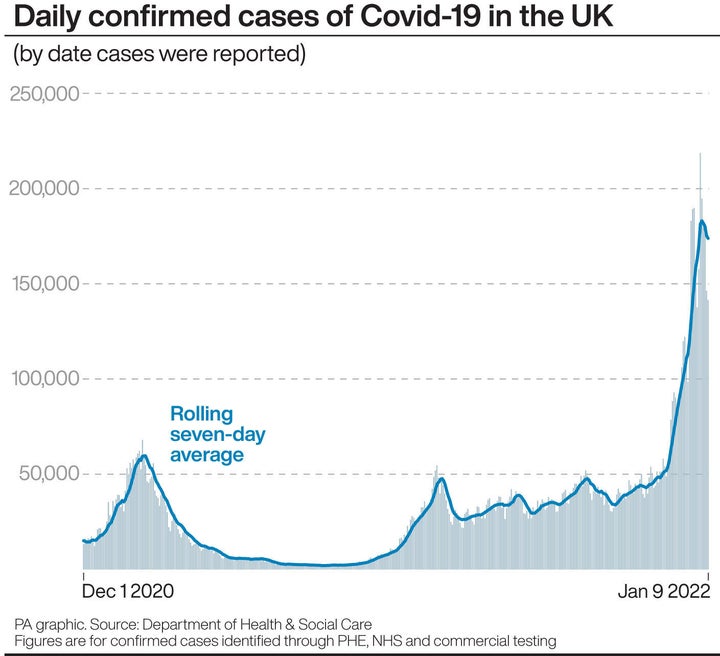
Both Omicron and Delta variants remain serious threats to public health, but there have been some early signs which suggest we may have reason to feel hopeful.
The government certainly seems to think so – Boris Johnson has called for the country to “ride out” the current wave of infections and has repeatedly refused to implement stricter measures so far.
The prime minister has also hinted that he is considering limiting self-isolation to just five days for positive cases, and housing secretary Michael Gove even admitted Boris Johnson was right to overrule him and not bring in stricter measures before Christmas.
While it will take a few more weeks before the entire country has reached its peak from Omicron, here’s a look at some of the more positive data flagged by experts over the last week.
1. Approximately 98% of the UK has some immunity
Professor Tim Spector, epidemiologist at King’s College London and co-founder of the ZOE Covid Study App, flagged on Twitter that around 98% of the UK population now has some level of immunity against Covid.
This could either be natural immunity (from a previous infection) or vaccinated (immunity stemming from the Covid jabs).
He explained that this means if any of those people get infected again with Covid it should result in a more mild disease.
He added: “This is hopefully why hospitalisations have not so far risen as fast as feared.”
2. More than 50% of the UK population has received a booster/third jab
Booster jabs – known as a third dose of the vaccine for the clinically vulnerable – are one of the most effective forms of protection against Covid, especially against the highly transmissible variant of Omicron.
Downing Street was calling for everyone who was eligible to receive their booster jab by the end of 2021 in an intense campaign throughout December.
Now, 35.5 million people in the UK have received a third dose. This equates to more than half of the population.

3. Daily Covid cases in the UK have dropped slightly
While UK case numbers have reached a record-breaking new high in recent weeks – due to the highly-transmissible Omicron variant – the numbers have started to drop.
After reaching its peak with 246,137 daily infections on December 29, the numbers appear to have dropped to around 141,472 on January 9 – although this data is incomplete and could increase.

4. Covid patients on ventilators has decreased to October levels in England
There were 868 people on mechanical ventilators as of January 6 – roughly the same number as back in mid-October, despite the emergence of Omicron in the UK in November.
This suggests that Omicron is not causing people the same level of respiratory issues faced earlier in the pandemic, despite the rise in hospitalisations it has triggered.
5. Hospitalisations have dropped in London
London was the epicentre for Omicron when it first arrived in the UK, meaning it is being used to forecast how the rest of the country might fare with this wave of infection.
Approximately one in 10 people in London had Covid during the last week of 2021.
Early data suggests the number of patients being admitted to hospital in London is now falling, after a spike around Christmas time. If every region of the UK manages to emulate London’s success, the country could ride out this infection surge with far fewer hospitalisations and deaths compared to previous, more deadly waves.